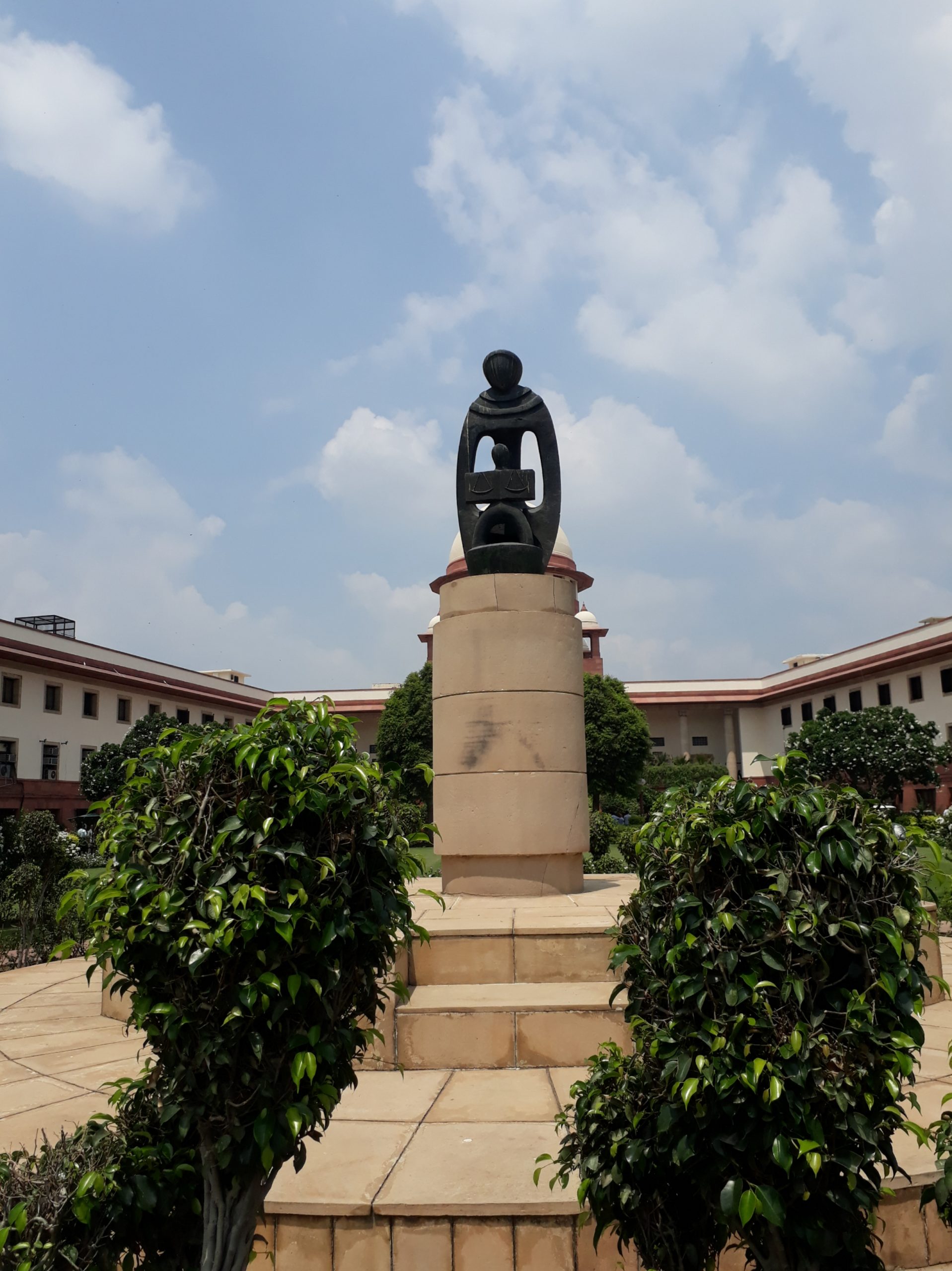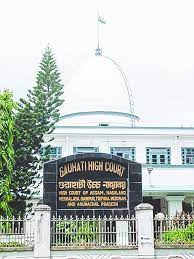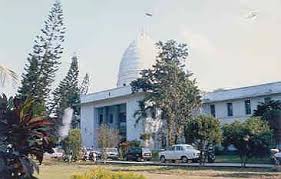As a result of lactational amenorrhea, women who are breastfeeding do not menstruate. She therefore did not realize that the absence of menstruation was indicative of pregnancy. The petitioner states that she visited the gynaecologist for the first time after the delivery of her second child because she was feeling weak, nauseous, dizzy and experiencing abdominal discomfort. She underwent an ultrasound scan, upon which she realized that she was pregnant. The pregnancy was estimated to be around twenty-four weeks at that time. (Para 2)
The petitioner avers that she and her husband attempted to medically terminate the pregnancy at various hospitals but that they were unable to because of the Medical Termination of Pregnancy Act 1971[“MTP Act”] read with the Medical Termination of Pregnancy Rules 2003 [“MTP Rules”] (as amended in 2021). She therefore approached this Court by invoking its writ jurisdiction. She sought permission for the medical termination of her pregnancy on the following grounds:
a. She suffers from post-partum depression and her mental condition does not permit her to raise another child; and
b. Her husband is the only earning member of their family and they already have two children to care for. Additionally, they have other family members who depend on them. (Para 3)
Hence, the points put to the Medical Board for determination were answered in the following terms:
a. No abnormality has been detected in the foetus;
b. The continuation of the pregnancy would not be jeopardised by the medication which the petitioner is currently taking; and
c. The petitioner has a history of postpartum psychosis which is currently being controlled on medication. (Para 11)
The issues which arise for the consideration of this Court are:
a. What is the nature of the jurisdiction under which this Court is adjudicating this case; and
b. Can the relief sought in the writ petition be granted? (Para 12)
As noticed above, the length of the pregnancy has crossed twenty-four weeks. It is now approximately twenty-six weeks and five days. A medical termination of the pregnancy cannot be permitted for the following reasons:
a. Having crossed the statutory limit of twenty-four weeks, the requirements in either of Section 3(2B) or Section 5 must be met;
b. There are no “substantial foetal abnormalities” diagnosed by a Medical Board in this case, in terms of Section 3(2B). This Court called for a second medical report from AIIMS to ensure that the facts of the case were accurately placed before it and no foetal abnormality was detected; and
c. Neither of the two reports submitted by the Medical Boards indicates that a termination is immediately necessary to save the life of the petitioner, in terms of Section 5. (Para 24)
If a medical termination were to be conducted at this stage, the doctors would be faced with a viable foetus. One of the options before this Court, which the email from AIIMS has flagged, is for it to direct the doctors to stop the heartbeat. This Court is averse to issuing a direction of this nature for the reasons recorded in the preceding paragraph. The petitioner, too, did not wish for this Court to issue such a direction. This was communicated by her to the court during the course of the hearing. In the absence of a direction to stop the heartbeat, the viable foetus would be faced with a significant risk of lifelong physical and mental disabilities. The reports submitted by the Medical Board speak for themselves. (Para 25)
SUPREME COURT OF INDIA
2023 STPL(Web) 349 SC
[2023 INSC 919]
X Vs. Union Of India And Anr
Miscellaneous Application No. 2157 of 2023 in Writ Petition (Civil) No. 1137 of 2023-Decided on 16-10-2023.
https://stpllaw.in/wp-content/uploads/2023/10/2023-STPLWeb-349-SC.pdf







